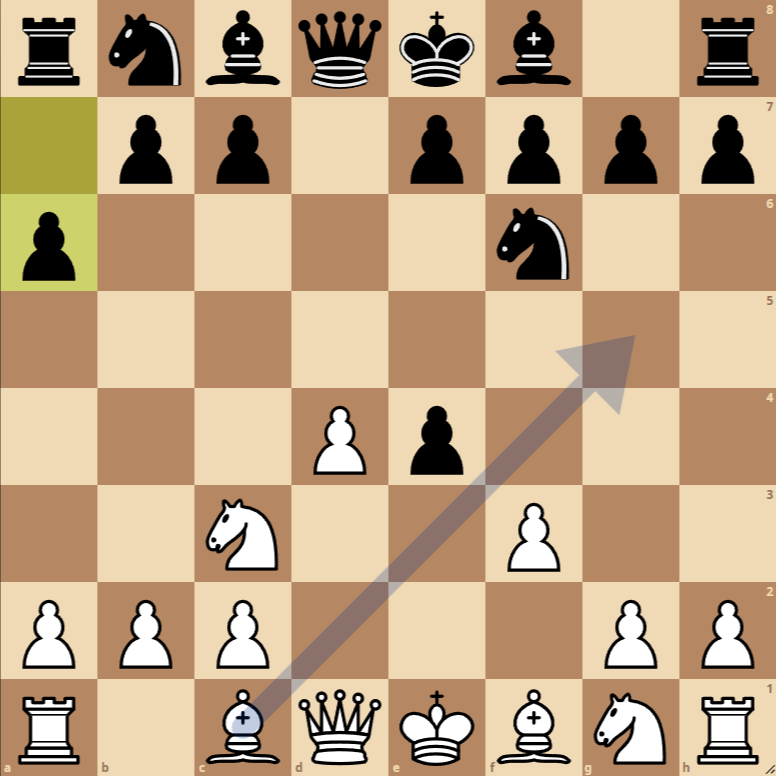How to Play the Gedult Defense Opening
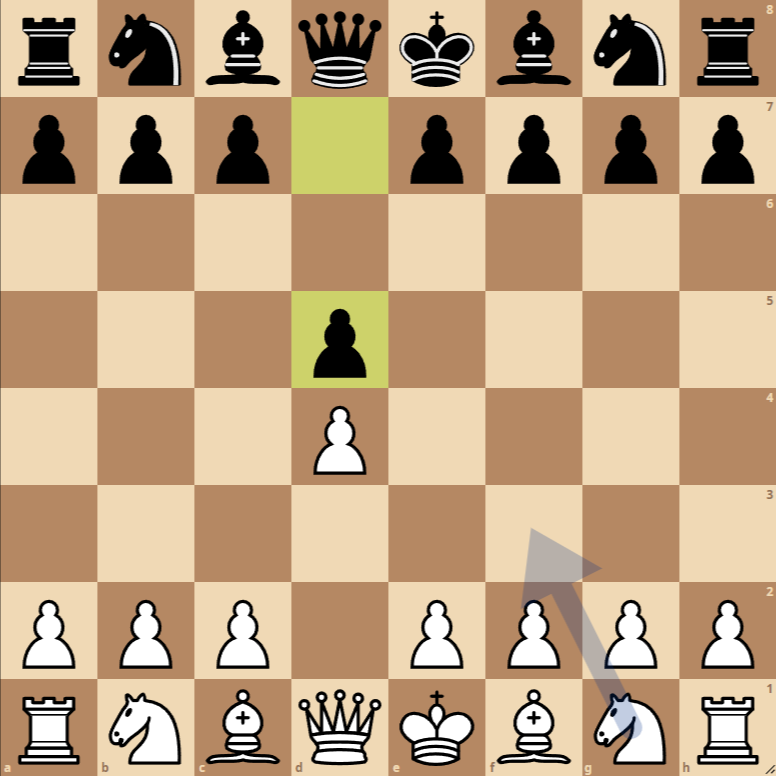
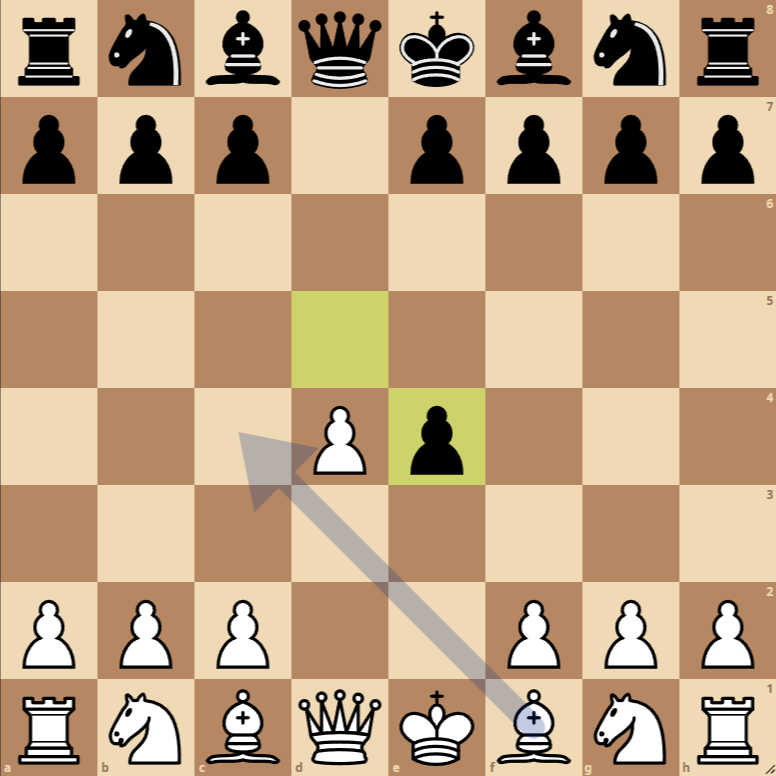
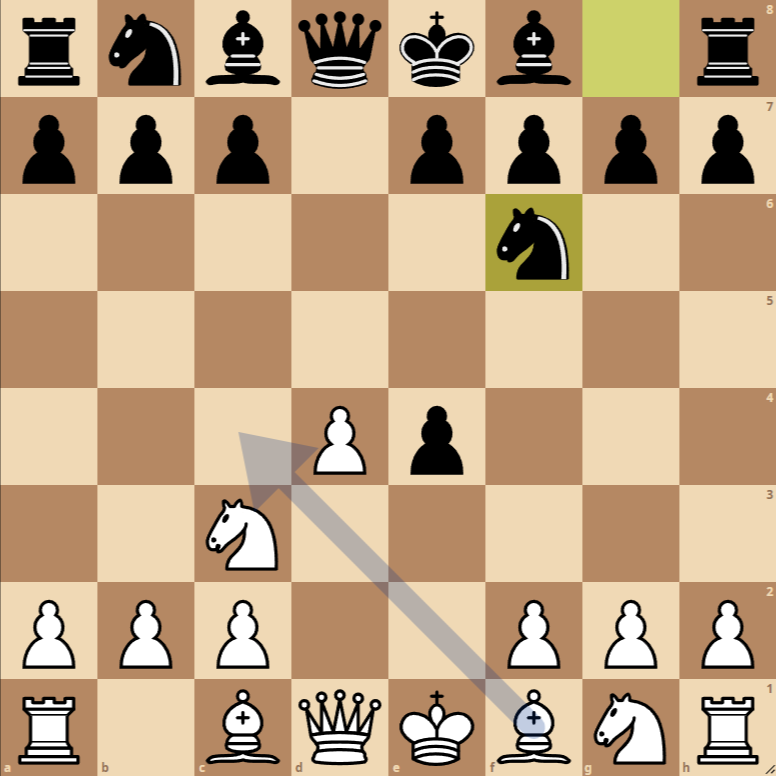
- 1. d4 d5: White starts by controlling the center, and Black responds in the same way, both players aiming to occupy and control the center of the board from the beginning.
- 2. e4: White tries to play aggressively, aiming to break Black’s central structure and gain space in the center.
- 2… dxe4: Black accepts the challenge and captures the offered pawn, entering into complications in the center.
- 3. Nc3: White develops a knight toward the center, pressuring the captured pawn and preparing to recapture it.
- 3… Nf6: Black develops a knight, defending the captured pawn and controlling central squares.
- 4. f3: White prepares to advance a pawn to recapture the material and open lines for their pieces.
- 4… a6: Black makes a preventive move, controlling the b5 square to prevent White’s knight or queen from using it, possibly preparing a queen-side expansion.
Variations of the Gedult Defense Opening
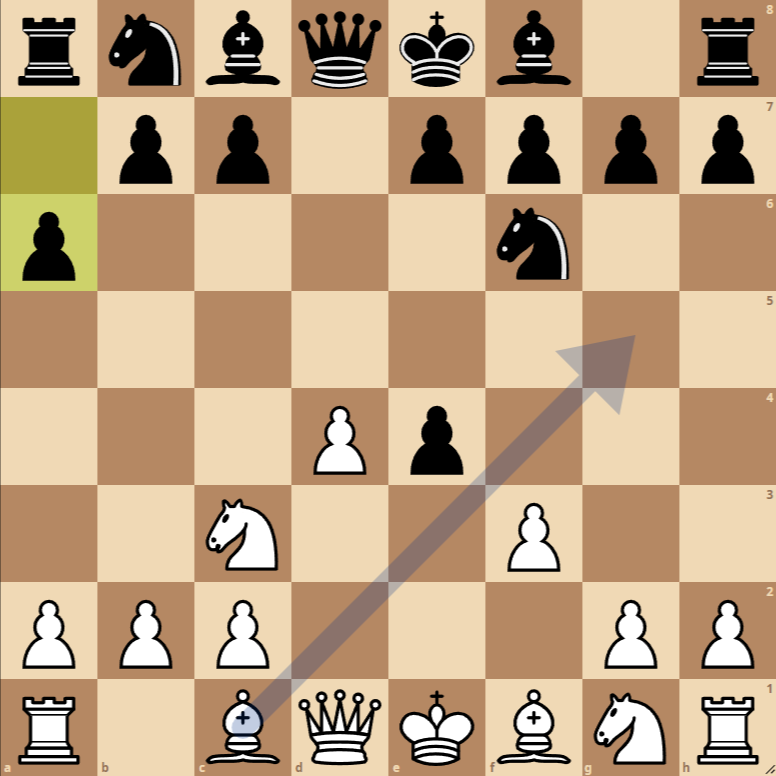
Variation 1: 3… e5
In this variation, Black decides not to defend the pawn immediately with the knight but instead advances the e5 pawn, challenging the center and seeking piece activity before resolving the tension in the center.
Variation 2: 4… e6
A more conservative alternative after 4. f3, aiming to reinforce the center and prepare the bishop’s development via d6 or b4, offering a more closed game.
The resulting position after 1.d4 d5 2.e4 dxe4 3.Nc3 Nf6 4.f3 a6 enters the territory of the Gedult Defense.
An unorthodox system that aims to destabilize conventional play from the very beginning. Through these moves, White tries to build a strong center by temporarily sacrificing a pawn for initiative and the possibility of rapid piece development. Black, on the other hand, has accepted the offered pawn and seeks to consolidate their position while preparing for counterplay.
Strategies and Tactics for White
- Pawn Recovery and Center Control: White can consider fxe4 to recapture the pawn and maintain pressure in the center. This move opens up the possibility of developing the f1 bishop with great effect, potentially aiming at the Black kingside after an eventual castling.
- Development with Threat: Cxe4 is another strong option, developing the knight while attacking the Black knight on f6. This not only helps White regain material but also places the knight in a dominant central position.
- Immediate Pressure and Development: Ag5 is an aggressive move that applies immediate pressure on the knight on f6, threatening to disrupt Black’s kingside defense before it has a chance to castle. This move also prepares the ground for possible long castling by White, allowing for a quick kingside attack.
Strategies and Tactics for Black
- Maintenance of Pawn Structure: After any move by White, Black must be mindful of their pawn structure and the safety of their king. Moves like e6, preparing c5, or even c6 can be considered to strengthen the center and develop pieces safely.
- Counterattack in the Center: If White chooses fxe4, Black might quickly consider developing their bishop to g4, pressuring the knight on f3 and challenging White’s central structure before it solidifies.
- Development and King Safety: It is crucial for Black to develop their minor pieces (bishop and knight) and consider early castling to safeguard their king. Piece activity is key, especially if White opts for an early attack.
In conclusion, the current position offers rich tactical and strategic possibilities for both sides. White has the opportunity to launch an early attack and regain the lost pawn, while Black should focus on consolidating their position and seeking active counterplay. The choice between fxe4, Cxe4, or Ag5 by White will define the course of the game in the next moves, setting the tone for a dynamic and possibly complex struggle.

